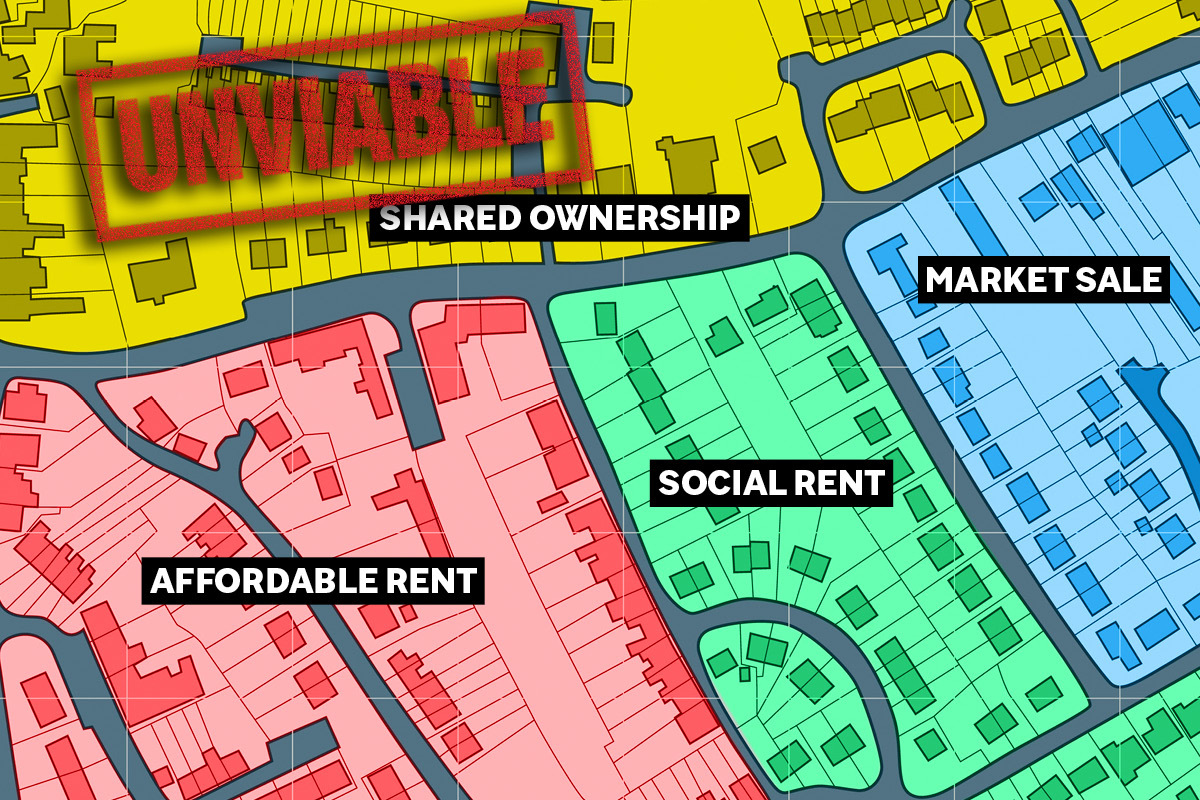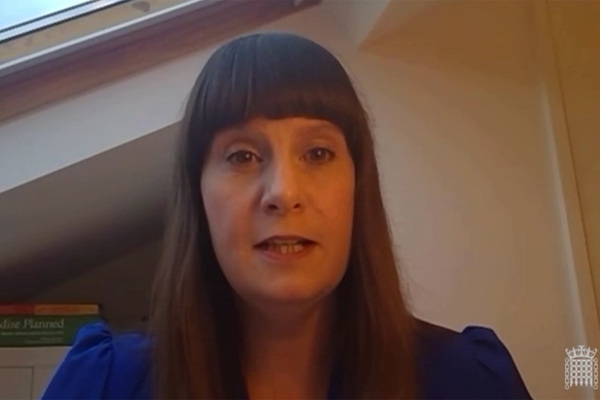What does the future hold for development?
Beyond Housing’s head of development and regeneration, Clare Harrigan, explains what the sector can do to meet the government’s housebuilding target while having a positive impact on residents

In associaton with:

What does the sector need to consider as it seeks to help solve the housing crisis in the coming years?
The most important announcement following on from the March Budget announcement of £12bn [of affordable housing grant] was the announcement of the prospectus for the 2021 to 2026 Affordable Homes Programme. Fortunately that £12bn has followed through, with a significant level of funding for regions outside London. That is what the sector has been waiting for.
At Beyond Housing, there are a few changes that we are currently modelling and assessing. There is more of a focus on shared ownership, and an idea to deliver 50% of projects as purchase options. This is because on larger schemes in particular, we consider it an important factor for being able to create a mix and a balance within the community. Plus, where we are working with private developers, it helps to speed up the pace of build.
There has been a [government-mandated] change in the shared ownership offer; it will include repairs being paid for by the housing association for the first 10 years of occupancy, so that gives us some financial modelling to do, to see how that affects us.
How has the sector’s housing delivery programme been affected by events this year?
Homelessness has really been a focus for the sector during the COVID-19 lockdown. It has always been important to get rough sleepers into homes to keep them safe – and one positive from 2020 has been how the government’s request for local authorities to find accommodation for all rough sleepers during the first lockdown saw the sector rally and effectively solve the crisis. The question to ask is: how can we continue
this success at other times?
We have just announced that, along with Redcar & Cleveland Borough Council, we have secured £300,000 to deliver five homes by the end of this year intended specifically for housing rough sleepers. We will provide intensive support to these residents, with the aim of getting them into permanent accommodation.
In the immediate aftermath of the spring lockdown, the halt in house sales [as a result of government guidance] led to volume house builders pressing pause on construction because their supply chains ceased. Coming out of that, however, the construction sector has coped amazingly well. They are problem solvers and solution finders, and the sector has stepped up. One thing we are all really positive about is that there is now a buoyant sales market, including shared ownership.
How can the sector accelerate housing delivery?
Even before COVID-19 there was a drive for more affordable housing delivery, and that message hasn’t gone away. Modern methods of construction and modular housing have been piloted now for a number of years, and they are being looked at as a way to accelerate development, especially for affordable housing. Combined with a healthy sales market, the construction sector has good reason to deliver at speed.
Clare Harrigan, head of development and regeneration at Beyond Housing, leads on the delivery of the landlord’s ambitious development plans across an operating area spanning the five Tees Valley authorities through to Hambleton, Scarborough, Ryedale and East Riding of Yorkshire. Ms Harrigan has worked in affordable housing development for 25 years, both for housing associations and as a consultant.
When building more homes, how can providers work with residents to ensure they are building thriving communities, too?
Our regeneration of the Church Lane North Estate in Eston has been an interesting project. It consists of 318 homes, with communal spaces and no private rear gardens. There are alleyways and poor-quality green spaces, all of which have led to some of the issues associated with those sorts of layouts, such as anti-social behaviour, fly-tipping and a lack of ownership.
We really needed to engage with the existing residents to understand from their perspective what the problems were, and to get their ideas for possible solutions. That process led us to develop a masterplan that addresses the issues residents had identified, and which they were able to sign off. We have secured planning and we have secured a tender. We are due to start early in the new year, and it will take around two years to complete.
One of the key things when working with residents is honesty. The development process is complex, and often there is a long wait before residents see anything happening. They want to see diggers, bricks and mortar – that physical change. At Beyond Housing we are not just focused on building stock; that’s one aspect of regeneration, but the bigger aspects for us are about embedding other measures of success, such as employability, how residents view their estate from a safety point of view, and how they see their community and neighbours. We are trying to make sure a stronger community is in place at the end of the regeneration process.
So it’s about open communication – and we established this by having a working group of residents who volunteered to be involved. We have met with them throughout the development process to help them understand what is going on behind the scenes, to gain their input on how we communicate that to customers on the estate, and for them to be community champions for the project and to provide that reassurance. The ability for residents to influence what is happening and get that sense of ownership throughout the regeneration process is the real key to success.
The residents on the estate have been hearing about regeneration for a number of years. They want this to happen; it’s not been a situation that we have forced onto people. They are so keen, but there remains a little bit of doubt – will it ever happen? – and so we need to give people that ongoing assurance.
The proof in the pudding for residents at Church Lane North will be when the actual physical works start taking place. Once that happens, we are poised ready to have further engagement. At the moment we are refurbishing a property there that will become a community hub; we are employing more communications staff, who will focus on Church Lane; and we are employing a dedicated caretaker for that estate. We are really building all this up for residents, because until we actually physically move on to start works, and until they see the site cabins, there will always be that element of doubt – so we are trying to reassure residents that everything is moving forward.
How are the government’s low-carbon targets affecting the sector’s delivery plans?
We are aware that anything we build now that isn’t zero carbon is a property that will have to be retrofitted in the future. Over the next few years, we’re not only working towards the government’s 2025 Future Homes Standard, but we are also looking at how we can go that bit further, exploring and trialling new approaches.
For example, we are looking at a few proposed developments that will have air source heat pumps rather than gas heating. This does lead to increasing development costs, and all housing associations are having to consider how to balance this – the pumps are more expensive than gas boilers at the moment, but unless the affordable housing sector drives the shift forward, the price will not come down. As with many things in housing, our sector leads on new technologies and new ways of doing things, with a view to driving down the price for the housing sector as a whole.













